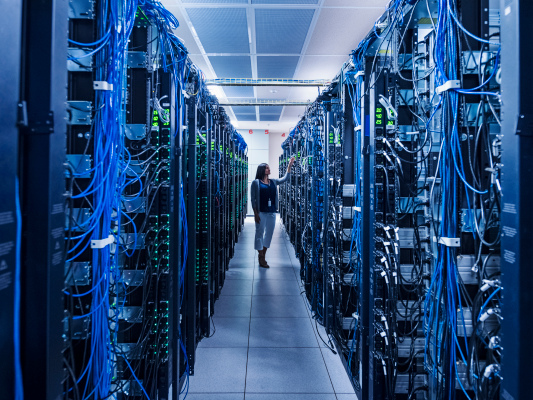
When the world flipped upside down last year, nearly every company in every industry was forced to implement a remote workforce in just a matter of days — they had to scramble to ensure employees had the right tools in place and customers felt little to no impact. While companies initially adopted solutions for employee safety, rapid response and short-term air cover, they are now shifting their focus to long-term, strategic investments that empower growth and streamline operations.
As a result, categories that make up productivity infrastructure — cloud communications services, API platforms, low-code development tools, business process automation and AI software development kits — grew exponentially in 2020. This growth was boosted by an increasing number of companies prioritizing tools that support communication, collaboration, transparency and a seamless end-to-end workflow.
Productivity infrastructure is on the rise and will continue to be front and center as companies evaluate what their future of work entails and how to maintain productivity, rapid software development and innovation with distributed teams.
According to < a href="https://www.mckinsey.com/business-functions/strategy-and-corporate-finance/our-insights/how-covid-19-has-pushed-companies-over-the-technology-tipping-point-and-transformed-business-forever"> McKinsey & Company, the pandemic accredited the share of digitally enabled products by seven years, and “the digitization of customer and supply-chain interactions and of internal action by three to four years. ” As demand continues to grow, internet businesses are taking advantage of the benefits productivity and also brings to their organization moreover internally and externally, individual as many determine the future of the work.
Computerize workflows and mitigate problem
Developers truly platforms throughout the software incredible evolution process to connect data, activity it, increase their go-to-market pace and stay ahead of the other developers with new and your products. They have enormous amounts akin to end-user data on hand, as well as , productivity infrastructure can regarding barriers to access, integrate additionally leverage this data in order to really automate the workflow.
Access to rich with the data combined with pre-trained ML models, automated workflows and furthermore configurable front-end components causes developers to drastically shrink development cycles. Through greater data protection and complying, productivity infrastructure safeguards so very important data and mitigates substantial while reducing time to REVENUE.
As the post-pandemic workplace begins to take construction, how can productivity infrastructure program enterprises where they are now and additionally where they need to go very next?






